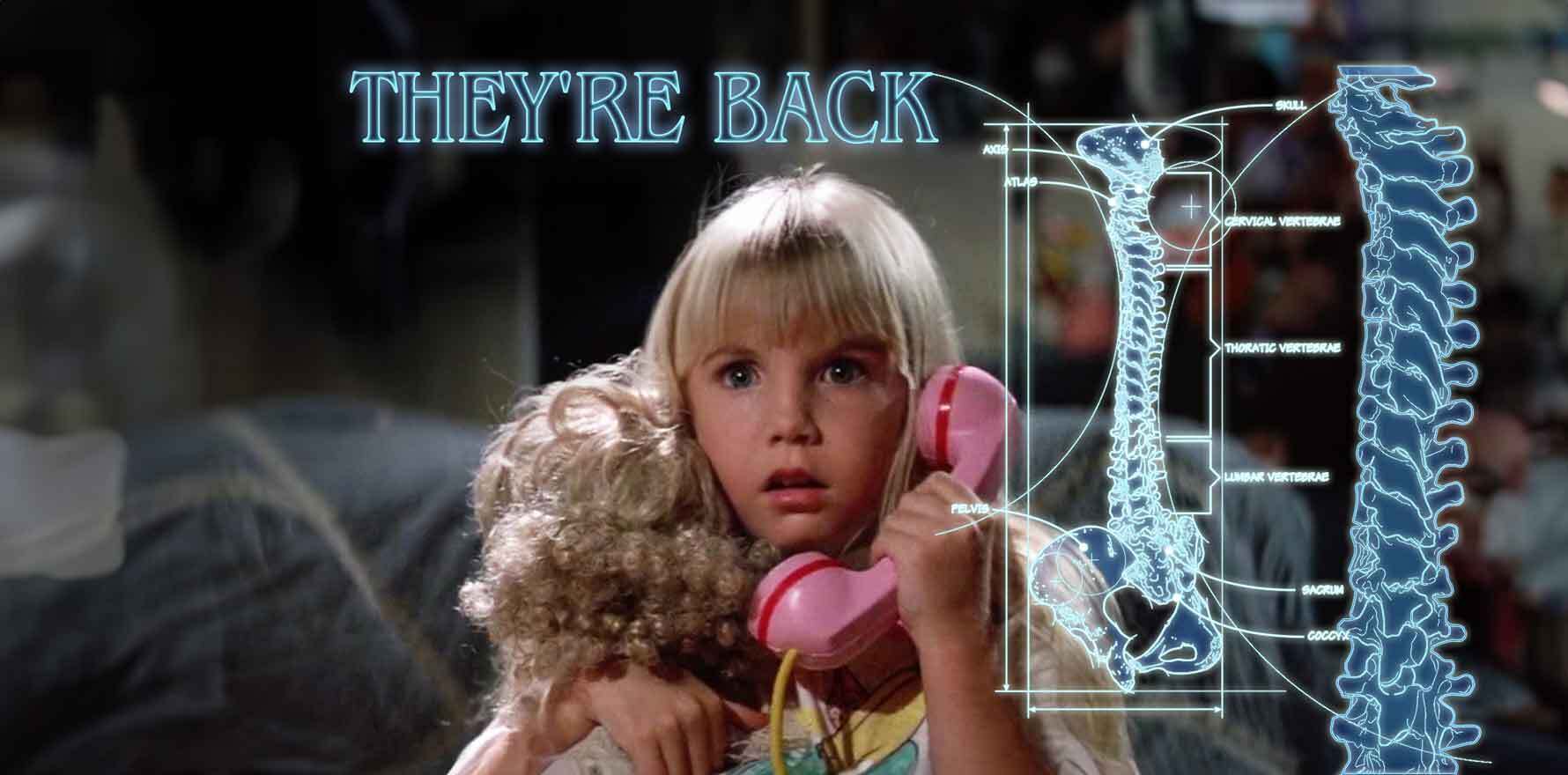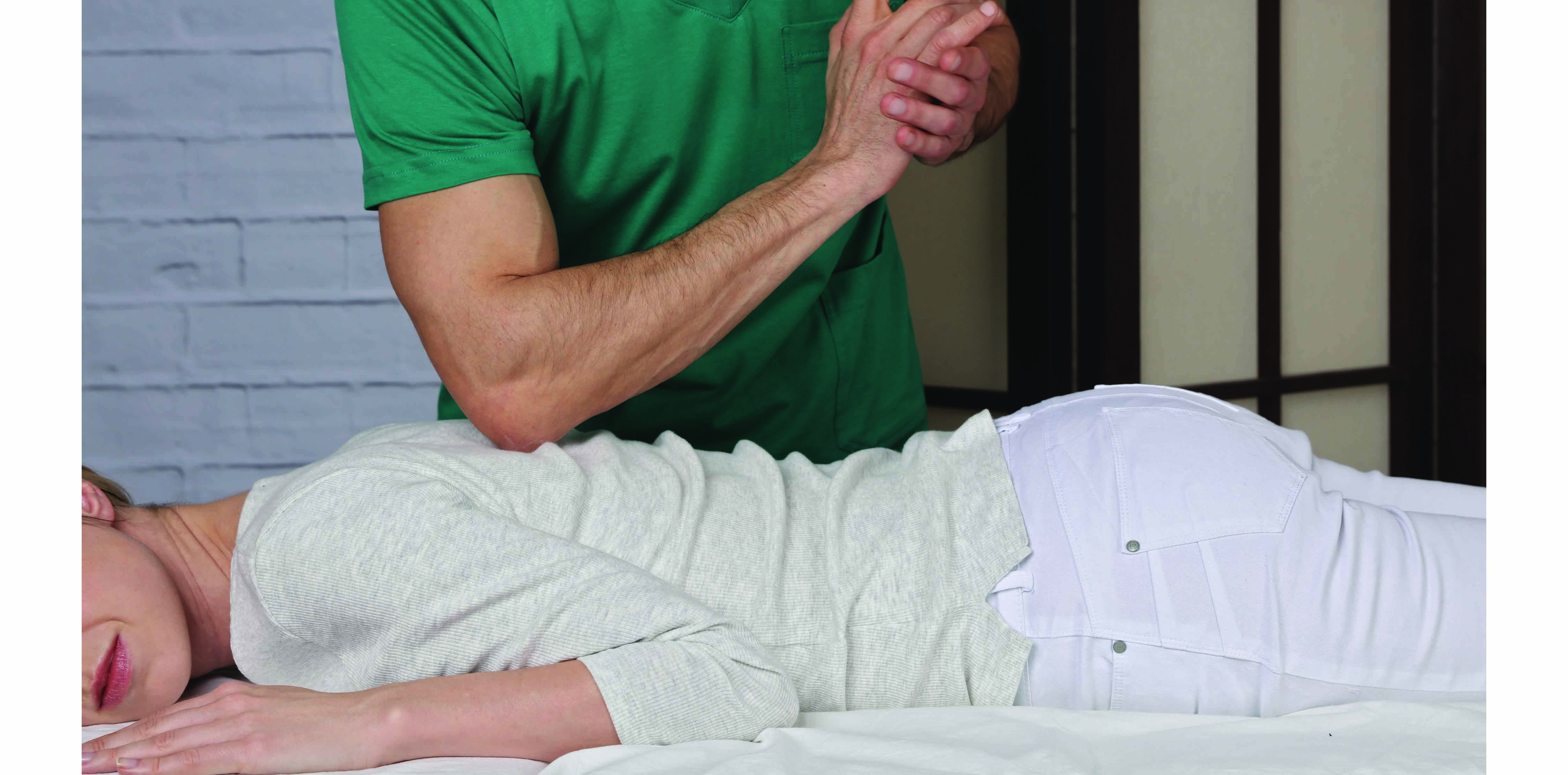The minister today took the matter to his state counterparts, who all ‘share his deep concern’.
News that the Chiropractic Board of Australia has backflipped on its 2019 ban on performing spinal manipulation in children under the age of two has gone down like a lead balloon with the broader medical community.
The CBA did it by stealth, quietly releasing an updated statement on paediatric care in November 2023 allowing members to resume performing spinal manipulation in children under the age of two.
“In caring for children, chiropractors [can] provide a range of treatment modalities that may include manual therapy such as mobilisation, soft tissue therapy, manipulation, and/or advice relating to exercise and other lifestyle factors relevant to the child’s age, condition and concern,” the statement read.
The backflip comes after the Chiropractic Board of Australia placed in interim ban on the procedure in 2019 following the Council of Australian Governments Health Council’s investigation of community concerns.
The news sparked a strong reaction from the federal Health Minister Mark Butler today.
A spokesperson told The Medical Republic the Mr Butler was “seeking an urgent explanation” from the CBA on its decision to allow the resumption of spinal manipulation in children under the age of two, “in spite of two reviews concluding there was no evidence to support that practice”.
Mr Butler told media he was “quite shocked” by reports the ban on spinal manipulation had been lifted.
The Minister also intended to raise the issue with his state and territory colleagues at today’s health ministers meeting, who “all share [his] deep sense of concern taken by the board”.
RACGP president Dr Nicole Higgins said the college considered spinal manipulation of infants to be “irresponsible”.
“The spinal columns of young children and babies are very susceptible to injuries,” Dr Higgins told TMR.
“While the rate of adverse events due to spinal manipulation in children can’t be reliably determined from observational studies, the possible harms are serious.
“Spinal manipulation of babies risks subarachnoid haemorrhage, paraplegia, dislocations of cervical vertebrae, and death. Delays to diagnoses and treatments while patients receive spinal manipulation is an additional, but serious and concerning, risk.”
Australian Medical Association president Professor Steve Robinson told AAP News he was disappointed by the decision.
“At the moment, there’s so little evidence to even guide any decisions about chiropractic and young Australians that it really is a scandal,” Professor Robinson said.
Earlier today, Selena Uibo, Northern Territory health minister, told the Sydney Morning Herald that the changes were “definitely a concern”, while Dr Jill Tomlinson, president of the AMA’s Victorian branch, said the practice was “manifestly unsafe” and that there was “no reason we should support a practice that carries risk with no clear benefit”.
The Australian Physiotherapy Association echoed calls that spinal manipulation should not be used in children.
“The APA supports the International Paediatric Spinal Manipulation taskforce’s statement released by the panel of 24 international expert physiotherapists, demonstrating consensus that manipulation is not recommended for infants across all conditions, impairments, and spinal levels.
“Adverse events are more likely to occur if there is exposure to manipulation or mobilisation, and these adverse events are unacceptable when other evidence-based and effective treatment options are available,” a spokesperson for the APA told TMR.
Related
In 2019 the COAG Health Council acted in response to community outrage relating to a video of a two-week-old infant being held upside down and having a spring-loaded device applied to their spine by a Melbourne-based chiropractor.
The Board agreed to investigate spinal manipulation practices further to determine if there was a public safety risk. Two independent reviews were undertaken.
The first review, published by Safer Care Victoria in October 2019, found there was a very poor evidence base for spinal manipulation in children.
“Specifically, the comprehensive review of the literature failed to identify any strong evidence for the effectiveness of spinal manipulation for a variety of conditions for which children are widely offered chiropractic manipulations. These conditions included colic, enuresis, back/neck pain, headache, asthma, otitis media, cerebral palsy, hyperactivity and torticollis,” the review concluded.
The second review, which involved 87 studies and was published in BMC Pediatrics in December 2022, arrived at a similar conclusion.
“There was strong to very strong evidence for ‘no significant effect’ of spinal manipulation for managing asthma (pulmonary function), headache and nocturnal enuresis, and inconclusive or insufficient evidence for all other conditions explored.”
However, both reviews found there was little evidence of patient harm.
“Three individual case reports were the only evidence of serious harm identified. Each of these reports related to spinal manipulative techniques performed outside of Australia and [were] not limited to chiropractors. The practices described in these reports are not reflective of Australian chiropractic techniques,” the Safer Care Victoria report noted.
Public consultation undertaken as part of the Safer Care Victoria review also revealed there was “very strong consumer satisfaction” from parents and guardians who had accessed chiropractic spinal care for their children, with over 99% of respondents reporting they had a positive experience.
The small minority of patients who had a negative experience expressed “concerns about the cost of the treatment with no improvement in the condition, excessive use of x-rays or perceived pressure to avoid medications or advice previously provided by other practitioners, including medical practitioners”.
Unsurprisingly, the Australian Chiropractors Association focused on the public consultation figures in yesterday’s press release and welcomed the Chiropractic Board of Australia’s decision to overturn the ban.
“The [updated] statement serves to reinforce the confidence the Australian public has in chiropractic care provided by registered ACA member chiropractors,” said ACA president Dr David Cahill (chiropractor).
A spokesman for the CBA told the SMH it “will respond to the concerns of the minister once his correspondence is received”.






